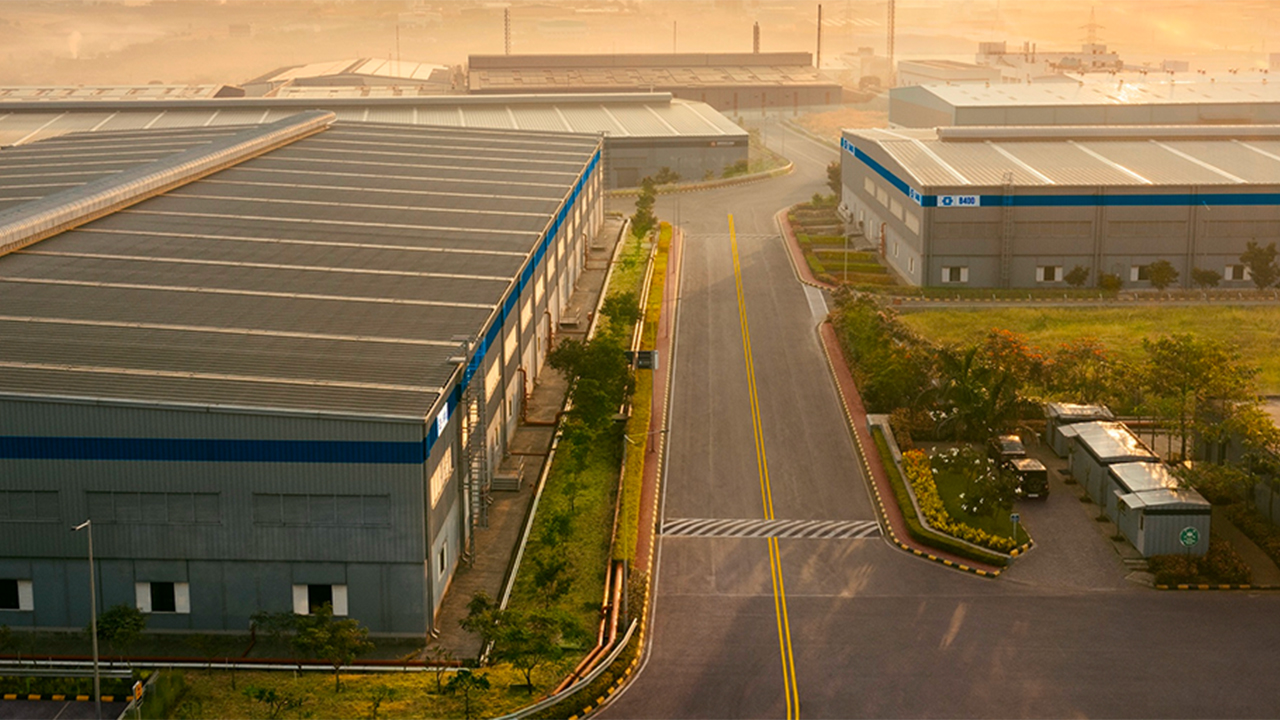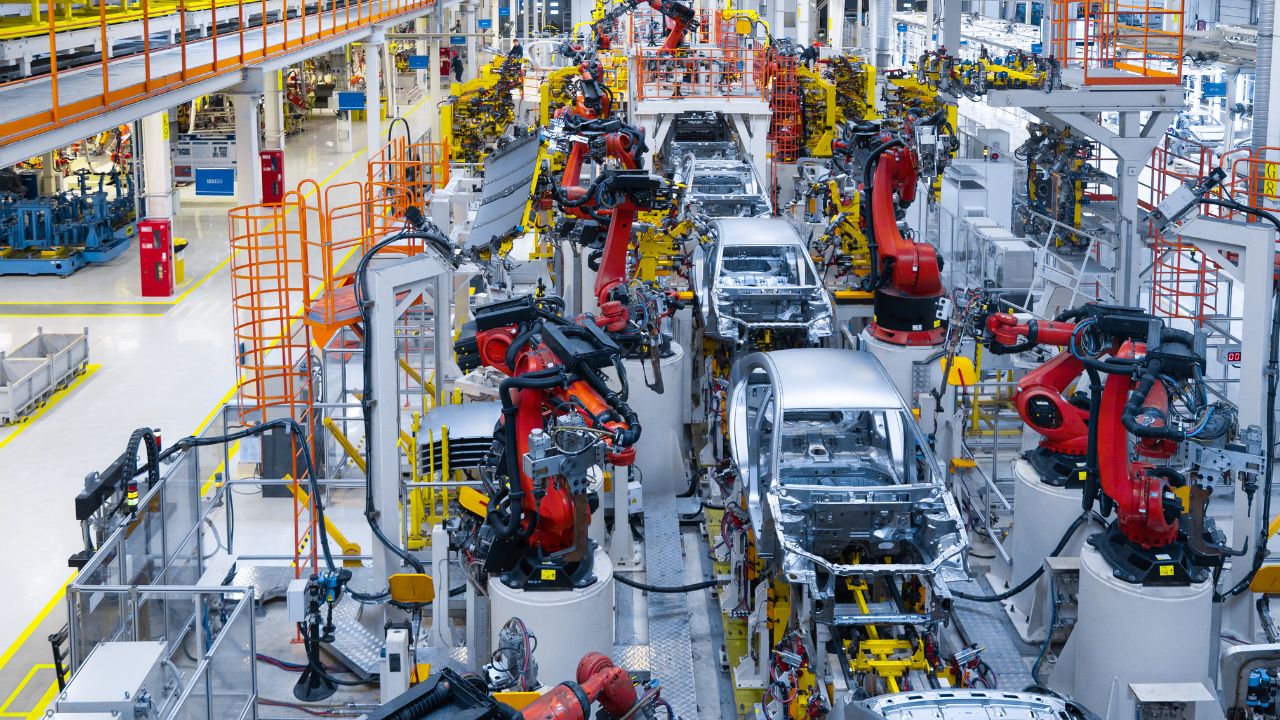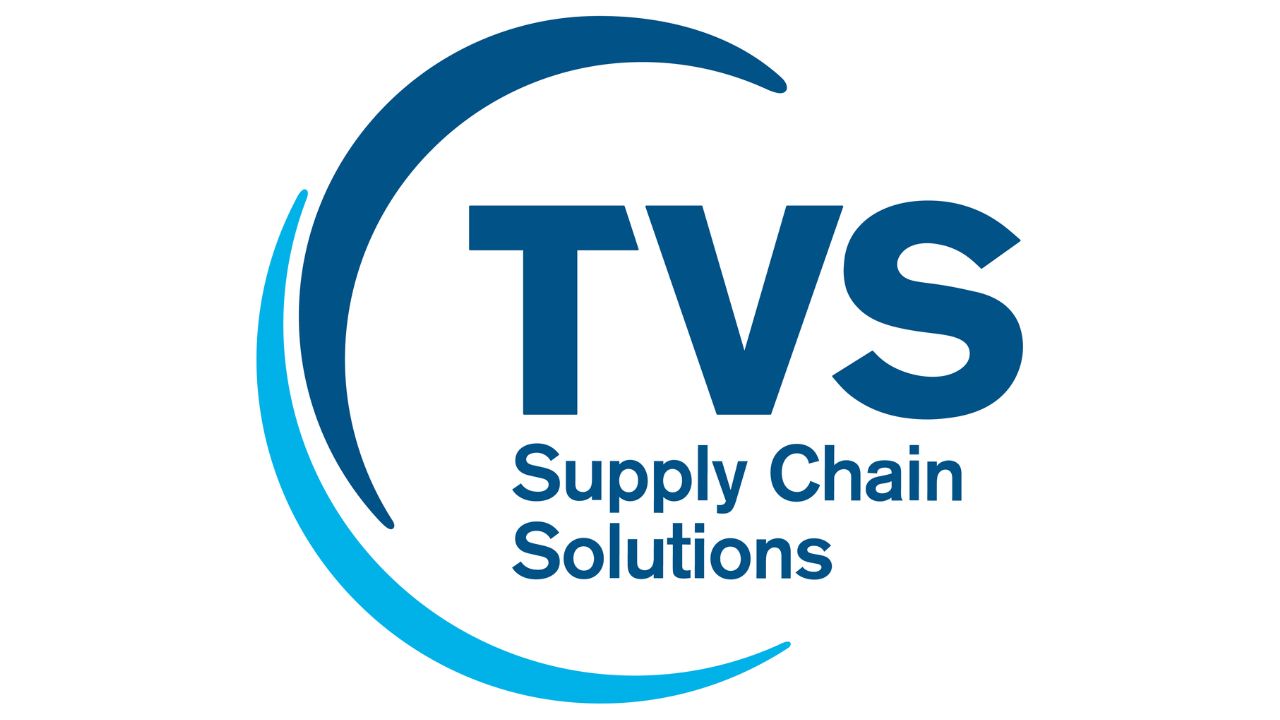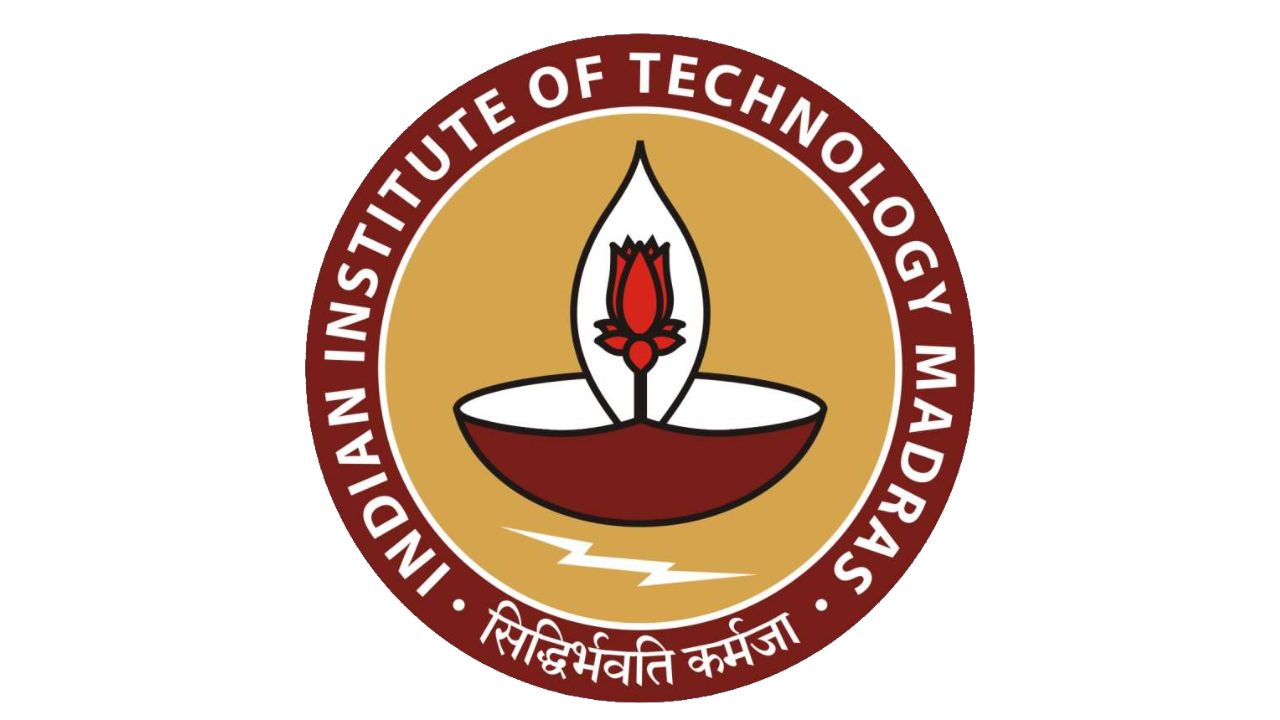Sivasubramaniyan S, is an automotive supply chain and logistics professional with over 20+ years of work experience. He has worked with some of the leading Automotive OEMs in passenger car and tractor segments. In an exclusive interview with Pro MFG Media, he sheds light on various topics like how Integrating Systems and Processes can enhance manufacturing supply chain, key trends in automation and others.
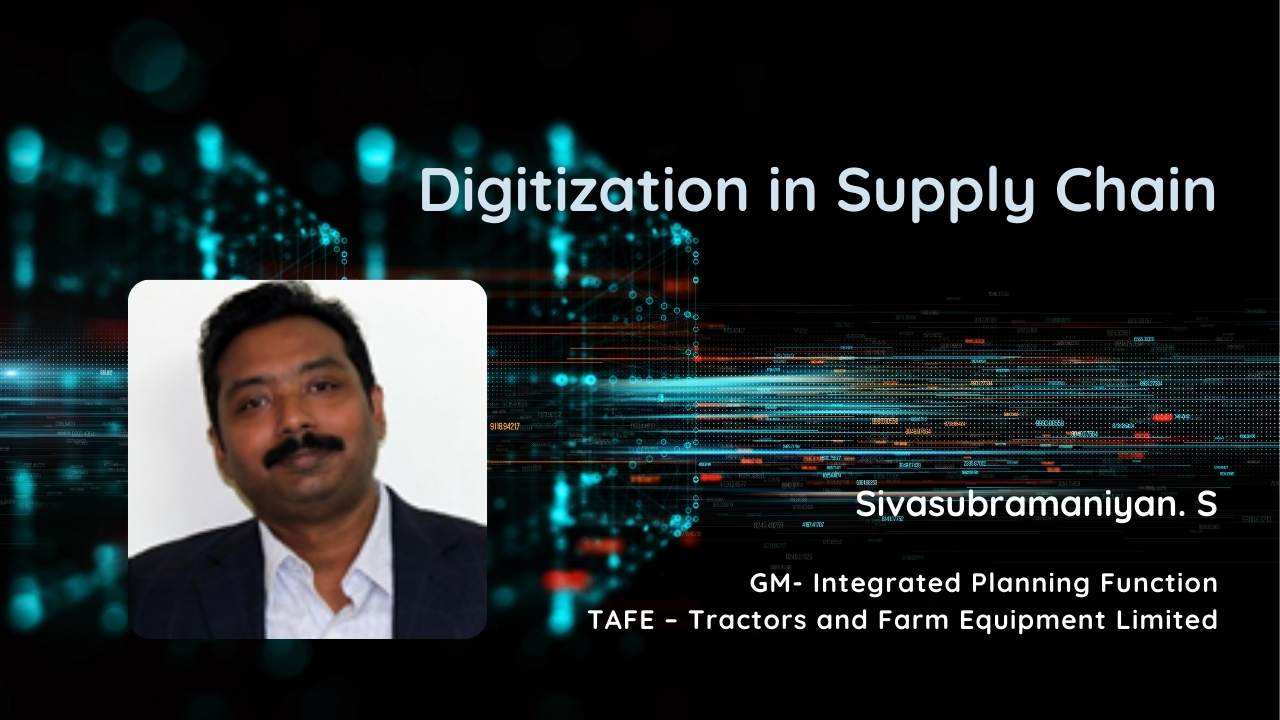
Sivasubramaniyan S is passionate about Digital supply chain and Lean management. He provides useful knowledge on the subject of supply chain and logistics in manufacturing operations. Sivasubramaniyan is a part of the alumni of IIM Bangalore and currently leads the Integrated Planning function at TAFE.
Manufacturers Integrating systems and processes enabling improved supply chain flexibility and adaptability? Is it a game changer?
In 2018, Deloitte Industry 4.0 investment survey, found out that when executives were asked: “What functions are your prioritising for future digital investment?”, supply chain emerged as top answer by 62% of respondents ahead of smart factories, planning, and product design. While in the last 3-4 years organisations felt the need to work towards an integrated supply chain which is Adaptive, Resilient, Reliable and Responsive, the importance of this has been exemplified in a big way by COVID-19 crisis. It is now evident that post COVID, it is no longer a competition of businesses but that of their supply chains. If the supply chain is agile, resilient, reliable and responsive only then you have a customer to serve.
A digitised Supply Chain can help in achieving these objectives to a big extent. However, it’s easier said than done because it’s not simply deploying an IT solution but needs a radical change in the organisation's way of doing business.
Many organisations have now kicked off their digital supply chain journey by taking the first step of ensuring data availability across the length and breadth of the entire supply chain. More importantly this data should be easily accessible across various entities in the organisation and not just one team. Even organisations with legacy systems, have the option to either go for completely new systems which have not just the latest ERP but also analytics capability and IOT compatibility or integrate the various data points and then overlay them with an analytics software.
This integration of systems can help in providing accessibility to data which can be then converted to useful information for better decision making. If a car manufacturer had a fully integrated Supply Chain then the impact/loss to his business during the lockdown would have been less compared to others. For example, the inbound and outbound logistics visibility i.e. raw materials procurement from supplier to factory and shipment of products across the distribution network to distributors respectively, can help the manufacturers decide on what the customer needs on priority and if not immediately when can he satisfy the customer requirement. In fact, in a way, this was a big opportunity to gain customer loyalty since customers would always appreciate the support organisations provide in meeting their needs, during these tough times.
Adoption of advanced analytics to reduce deployment costs and improve operational flexibility
Analytics has come a long way today. While initially the analysis helped to infer from the past data (descriptive analytics) but soon using statistics with new technologies like AI & ML, it can not only forecast (predictive analysis) but also recommend (Prescriptive analytics) the possible solution.
A few examples where we can use analytics to reduce supply chain costs are as follows:
i) Provide a balance between service level and inventory cost by setting a dynamic push pull boundary based on customer preferences
ii) Making logistics more efficient and responsive
iii) By providing differential prices to match demand and supply.
Moreover in situations like COVID where there are lots of shortages or constraints, analytics can help in better decision making of how or where to allocate the constrained resources. It provides the flexibility in decision making by providing options and the likely impact of each option.
Key Supply Chain Trends for the Automotive sector
Historically, the Automotive sector has always invested significantly in improving the technology of their products rather than in manufacturing or supply chain. But this has changed in the last 5 years. The impact of frequent changes in Customer preference, increased Competition and Cost pressures have fuelled this change. Having a good product is taken for granted and now the challenge is how to make sure it reaches the customer on time, in good quality and least cost. This means increasing visibility to measure lead times, having a reliable supply chain to maintain quality and being agile to reduce costs.
Technologies like RPA, Digital twins, IOT devices, AI, RFID and Blockchain have started being widely used to achieve these objectives. For example, Mercedes Benz has invested in blockchain and developed a prototype program that automates transactions as well as tracks vehicles through its supply chain. Digital Twins have been used by Automotive companies to prepare a 3D digital replica of their warehouse and using analytics the system recommends the most optimal places to store parts based on multiple factors like size of part, size of the bin, the demand frequency, nature of part etc. Automotive companies have realised that digitisation in the supply chain is mandatory to be competitive and no longer just an option.
Note: The views, thoughts and opinions expressed are personal thoughts of Mr. Sivasubramaniyan S and has no bearing to the organisation or any other affiliations he belongs to.
NEWSLETTER
TRENDING ON PRO MFG
MORE FROM THE SECTION





